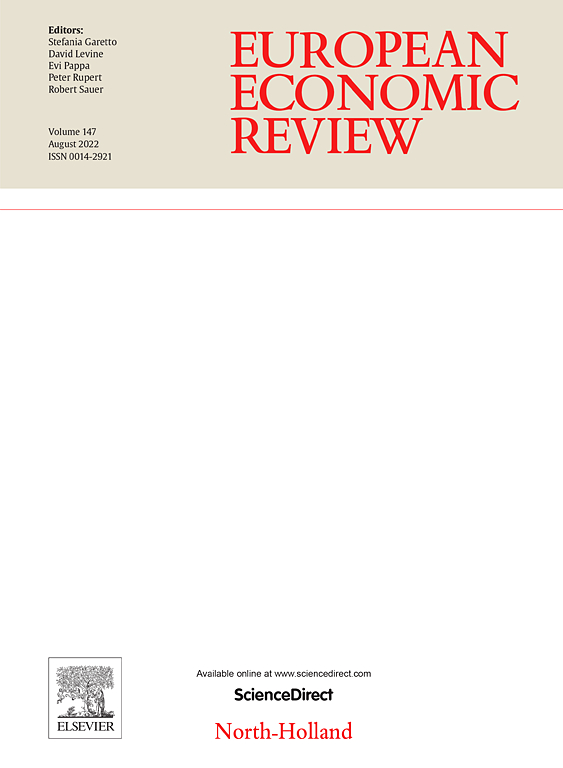
Where Has All the Skewness Gone? The Decline in High-growth (Young) Firms in the U.S.
The pace of business dynamism and entrepreneurship in the U.S. has declined over recent decades. We show that the character of that decline changed around 2000. Since 2000 the decline in dynamism and entrepreneurship has been accompanied by a decline in high-growth young firms. Prior research has shown that the sustained contribution of business startups to job creation stems from a relatively small fraction of high-growth young firms. The presence of these high-growth young firms contributes to a highly (positively) skewed firm growth rate distribution. In 1999, a firm at the 90th percentile of the employment growth rate distribution grew about 31 percent faster than the median firm. Moreover, the 90−50 differential was 16 percent larger than the 50−10 differential reflecting the positive skewness of the employment growth rate distribution. We show that the shape of the firm employment growth distribution changes substantially in the post-2000 period. By 2007, the 90−50 differential was only 4 percent larger than the 50−10, and it continued to exhibit a trend decline through 2011. The overall decline reflects a sharp drop in the 90th percentile of the growth rate distribution accounted for by the declining share of young firms and the declining propensity for young firms to be high-growth firms.





